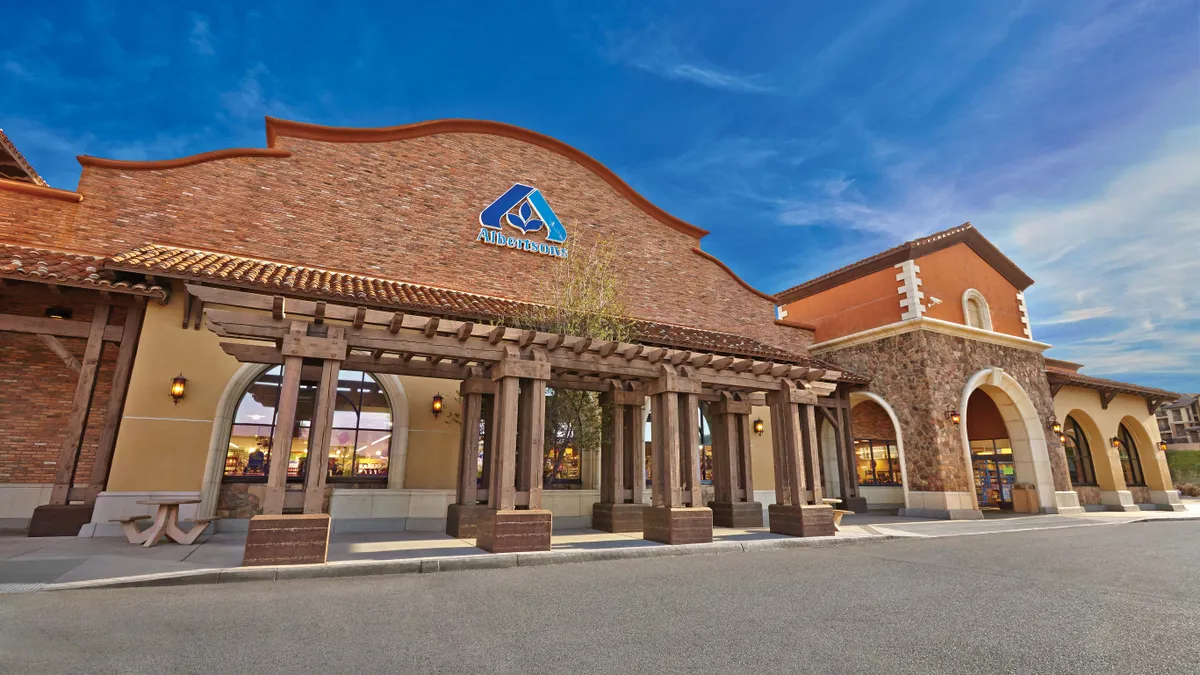Dive Brief:
- Albertsons’ retail media arm announced Wednesday that the Interactive Advertising Bureau (IAB) would assume the retail media standardization framework the grocery company initiated earlier this year.
- The preliminary framework Albertsons Media Collective shared aims to standardize specifications, methodologies, terminology and disclosures across retail media networks to make communication easier between retailers and buyers.
- This milestone builds on Albertsons’ efforts to improve transparency across the retail media industry at a time when many grocers are launching digital advertising platforms.
Dive Insight:
Albertsons announced the advertising services company is adopting its standardization framework during IAB’s Connected Commerce Summit on Wednesday, per a LinkedIn post.
Claire Wyatt, Albertsons’ vice president of business strategy and marketing insights, is also joining IAB’s Retail Media Network Committee as co-chair, Albertsons said.
The grocer noted that the industry has “reached a pivotal moment where talks of standardization must transition into action” and credited companies including Instacart, Dunnhumby, Meta, Google and Kellogg for helping to “drive standardization forward” in its LinkedIn post.
Albertsons’ retail media standardization framework, which it released in a white paper in June, outlined four priority areas — product specification, performance measurement, third-party verification and capabilities. The grocer’s white paper also stated standardization of retail media could lead to roughly $5 billion to $15 billion in incremental value for retail media networks, marketers and agencies in approximately three years, according to a McKinsey & Company analysis cited.
The grocer’s retail media arm has been pushing retail media standardization for most of this year, including at the National Retail Federation conference in January. Albertsons Senior Vice President of Retail Media Kristi Argyilan discussed at the conference the lack of transparency plaguing retail media development due to each retailer having its own metrics — leaving brand partners confused about what media strategies and campaigns are the most effective.
Standardization wouldn’t just help larger players in the food retail industry, but would also provide significant support to regional grocers, who are quickly bolstering their retail media presence. A number of third-party software companies, such as MikMak, provide standardization metrics between retailers and brand partners — something especially beneficial for regional grocers who do not have the same technological capabilities or reach as national grocers.













